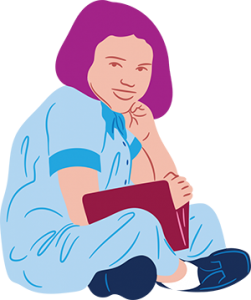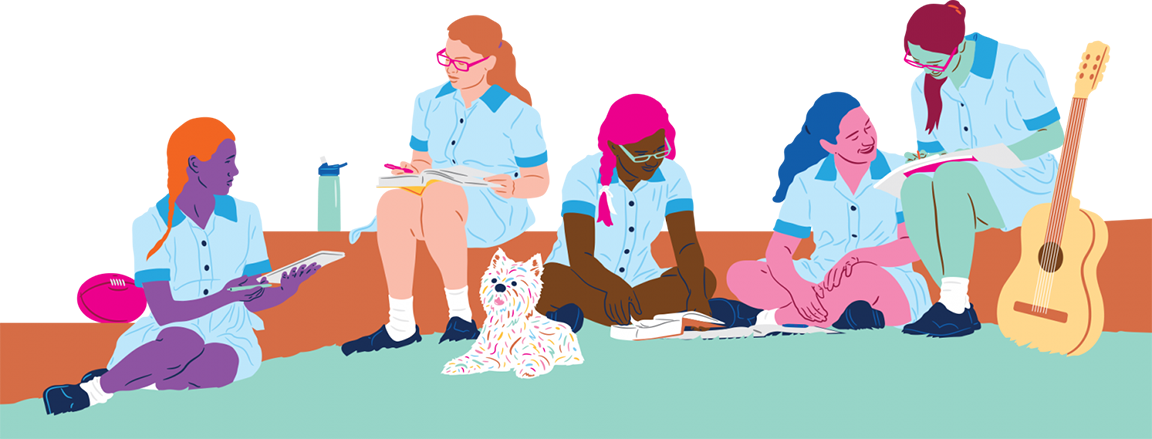Mrs Dunwoody shares the School’s reviewed and refreshed Uniform Guidelines.
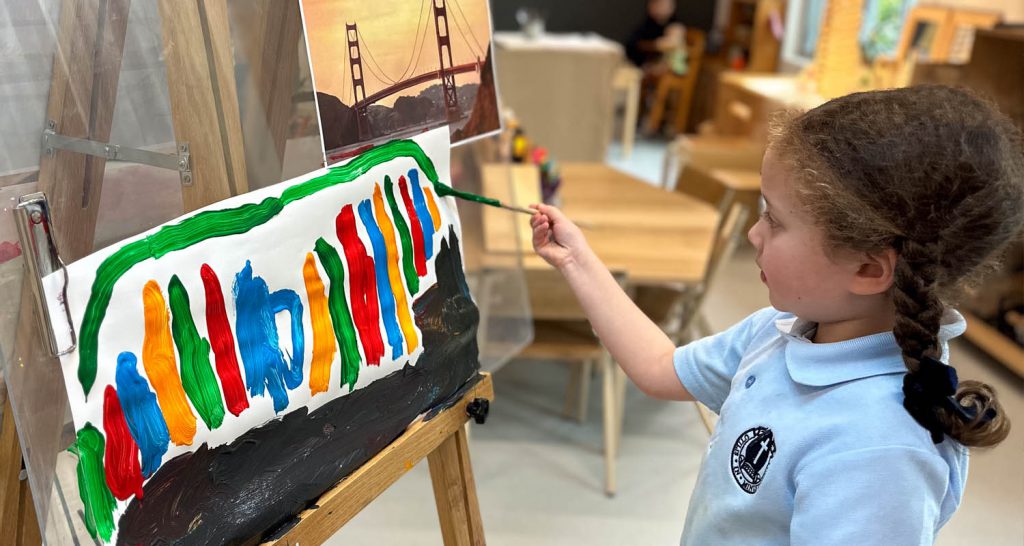
During recess and lunchtimes, students from Foundation to Year 6 have been keeping very active through skipping with a rope. Either students individually and/or in small groups have been playing together to improve their skipping technique and keep fit at the same time.
Last week at our Junior School Assembly, Jason Pupkovski, a Senior Field Officer for Jump Rope for Heart, visited Ormiston and told the students about how Jump Rope for Heart can help the Heart Foundation support Australians of any age. Mr Pupkovski said the Heart Foundation supports Australians living with heart disease and works to educate people and fund research to better prevent and manage heart disease into the future which is so important for many Australians.
After just over one week, Ormiston has already raised well over $3 000.00 and has beaten their target for this year which is a wonderful effort. I would like thank our PE Teacher Kim James for introducing Jump Rope for Heart this year and look forward to our students using a variety of skipping ropes in their play at recess and lunchtime.
Finally, I would like to wish all our Early Learning 3 to Year 6 mothers and guardians an amazing Mother’s Day on Sunday. I hope this is a special day for all families.
Paul Donohue
Head of Junior School
“Silence does for thinking what a suspension bridge does for space — it makes connections.” – E. L. Konigsburg
Students of the Early Learning 4 Part Time classroom have been investigating bridges. An inherently symbolic structure that represents connection between Country, people, place, and nature. The act of ‘crossing over, under and between’, ‘closing the gap’, ‘uniting’ serves as a metaphor and provocation that has inspired children to create, draw, construct, and share their understanding of bridges through multimodal forms of language. As researchers, the children listened to a reading of ‘A Book of Bridges: Here to There and Me to You’ by Cheryl Keely; used the iPad to view iconic bridges around the world; and reflected on their learnings:
Kiki – Bridges help you to drive over things without hurting animals.
Scarlett – You can use a bridge to go over the ocean and forest. How can a bridge be a memory? Is it because it’s very very old? Has it been there forever?
Miya – Because, if people don’t got bridges, so they can’t cross over danger, so they don’t got hurt.
Ariel – You use bridges to walk, or you can drive in car, and you can ride bicycle to see your family and your friends.
Avina – You can cross over it to see people you haven’t seen for a long time.
Within the classroom, bridges are an exemplification of our connection to each other in the form of relationships. Just like real bridges that are driven and walked upon every day, and how our hearts and minds are connected when we learn – we bridge our differences through communication, sharing, caring, showing respect and empathy, taking turns, play and learning together.
Esther Wong
Early Learning 4 Teacher & Early Learning Coordinator

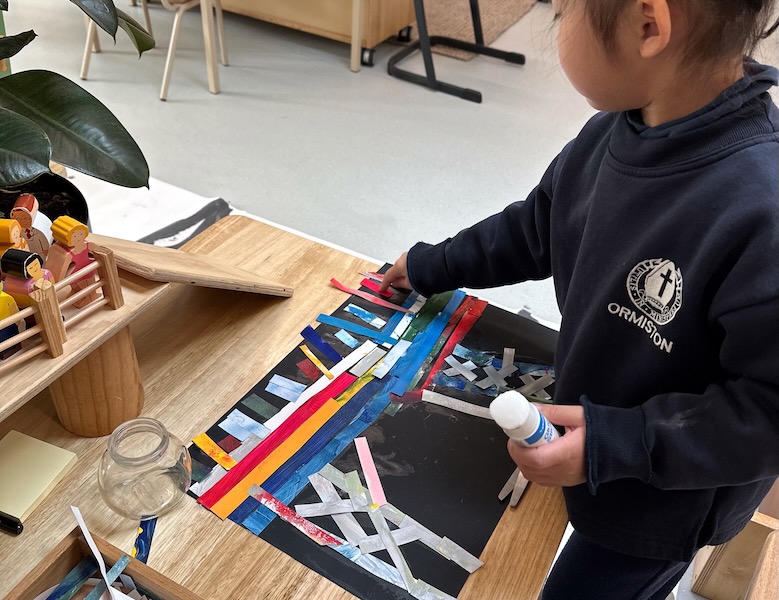
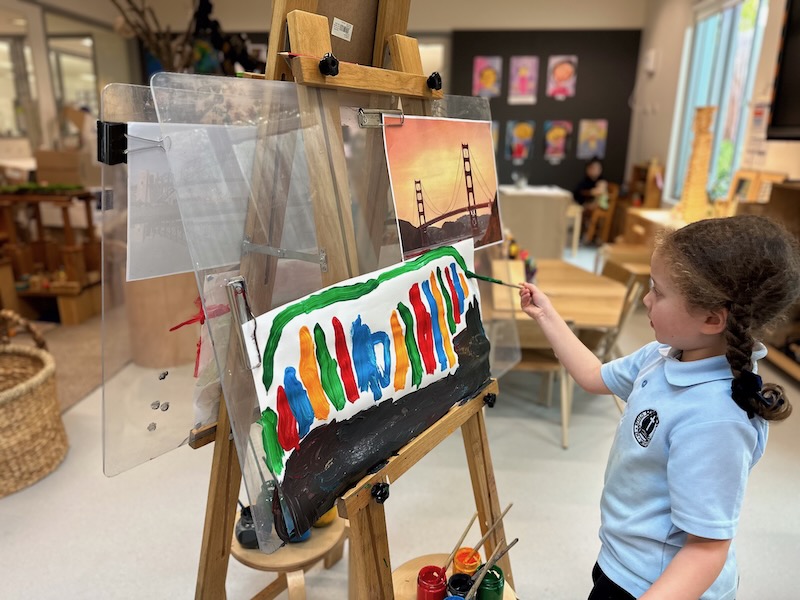
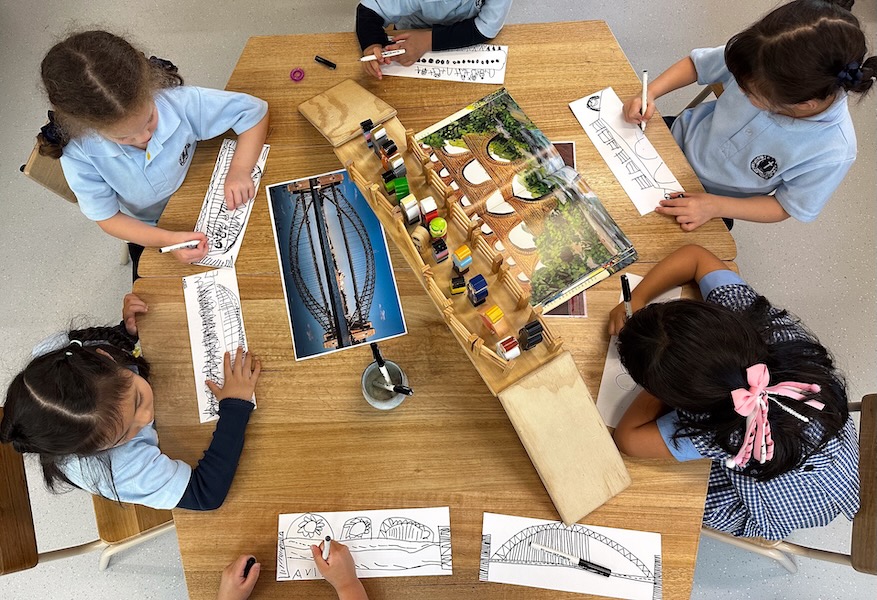
“Imagine a gender equal world. A world free of bias, stereotypes, and discrimination. A world that’s diverse, equitable, and inclusive. A world where difference is valued and celebrated. Together we can forge women’s equality. Collectively we can all embrace equity.” International Women’s Day
In our learning community, International Women’s Day was used as a provocation to intentionally:
During the past few weeks, we have shared stories from the ‘Little People, Big Dreams’ collection about the Wiradjuri tennis player Evonne Goolagong, artist Freda Kahlo, scientist Marie Curie, designer Coco Chanel, medical practitioner Dr Fiona Wood and environmentalist Jane Goodall. The children were in awe and intrigued by these women and as curious learners developed wonderings about them. As researchers, investigators and critical thinkers, the children engaged with visual images, clips, factual text and in discussions, and made discoveries about the lives and achievements of these women, in times of challenges.
As collaborative learners, the children developed wonderings about Mrs Dunwoody that focused on her role within the school, her decision to be a principal and her interests at home. Mrs Dunwoody spent time in the Early Learning Centre and responded to their wonderings. Mrs Dunwoody also read the story ‘My Mum’ by Anthony Browne, to highlight the many qualities and skills of mothers. As reflective thinkers, the children used dialogue and the language of drawing to document their findings and discoveries.
As reflective thinkers and creative communicators, the children referred to images of Kahlo, Curie, Chanel, Goolagong, Dr Wood and Mrs Dunwoody, and used paints, pastels and fine line markers to create their portraits. This required intent observation and concentration. As they created the portraits, the children used their visual perceptual skills to interpret and make sense of what they were viewing and their visual memory skills to recall the information in the image.
The children, with scaffolding, discovered some commonalities between these women. These women had self-belief and were passionate, persistent, curious, resilient, creative, imaginative and when they experienced adversity and discrimination, they took action to make changes. These women had human attributes, what we describe in education as learning dispositions.
The Early Years Learning Framework, explains dispositions as ‘tendencies to respond in characteristic ways to situations, for example, maintaining an optimistic outlook, being willing to persevere, approaching new experiences with confidence.’
Learning dispositions develop alongside and in conjunction with a child’s acquisition of knowledge, skills, attitudes and understandings. Dispositions play an important role in a child’s overall ability to learn, progress and thrive.
In our learning community, we role model, notice and comment on dispositions and provide children with time and opportunity to practice and enhance their attitudes towards learning, that is, develop dispositions for today and tomorrow, for life-long learning.
Angela Follacchio
Early Learning 4 Teacher
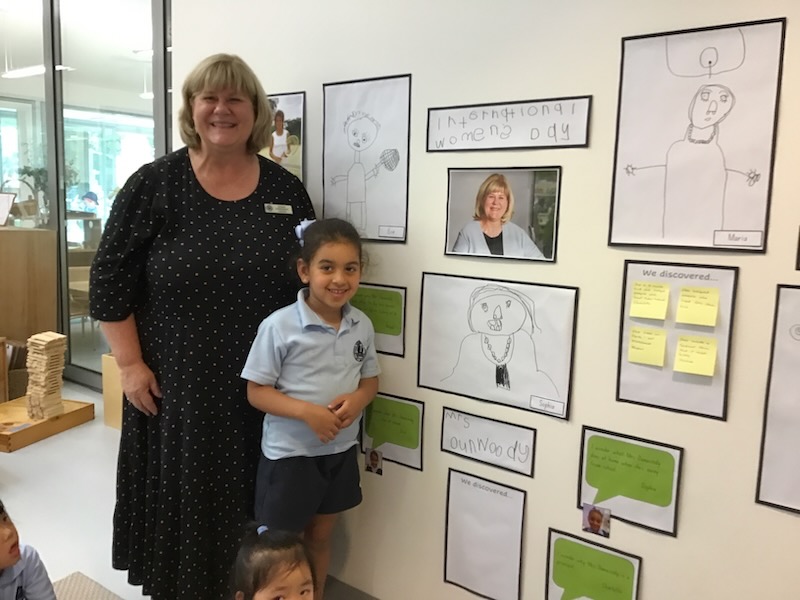
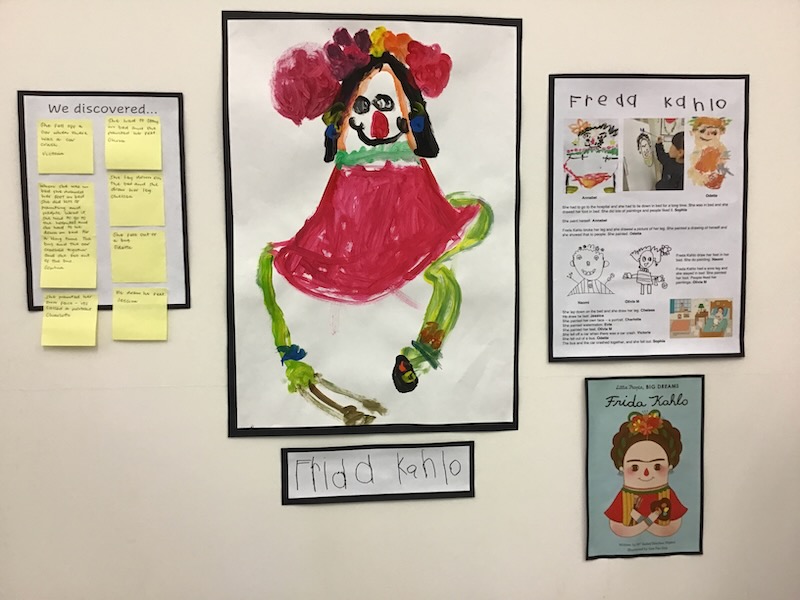
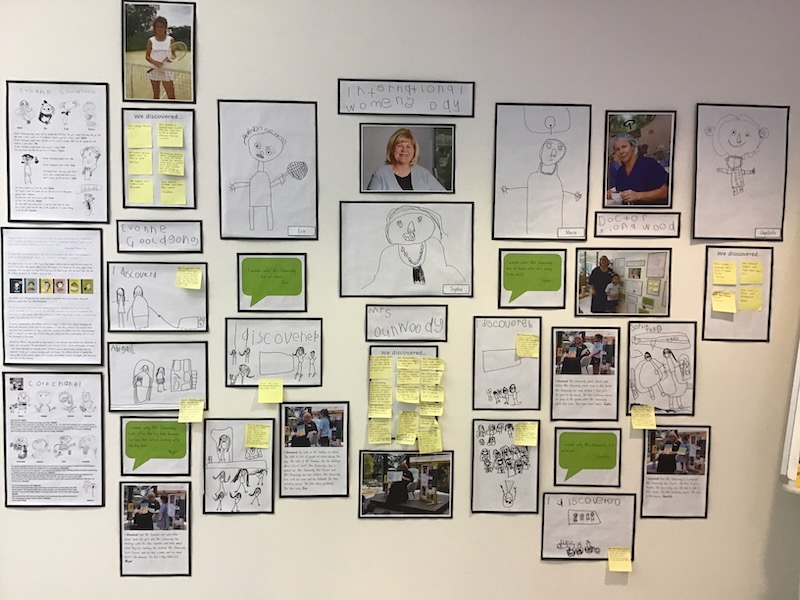
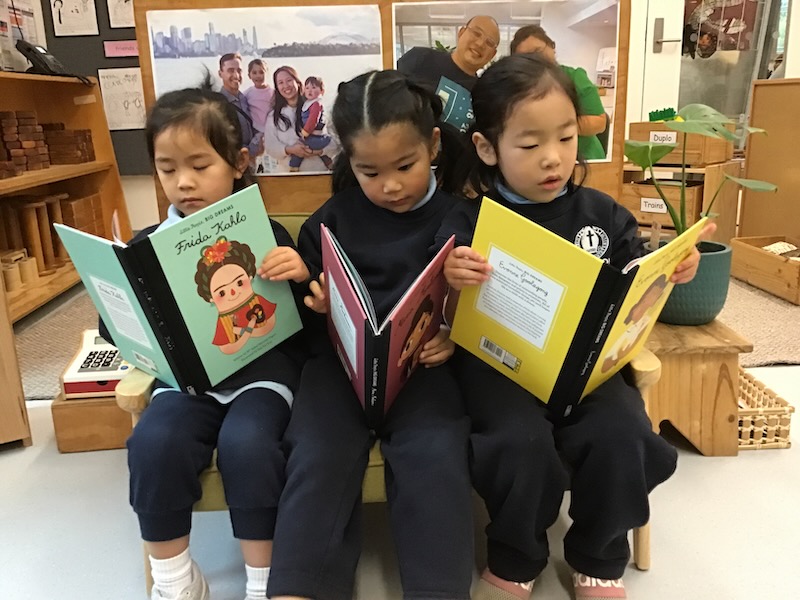
Year 4 have been exploring the question “How does our perspective influence our ideas about Australia’s past?” as part of our Inquiry unit. We visited the National Gallery of Victoria (NGV) and the Koorie Heritage Trust to further explore our understandings of First Nations culture, art and history.
Students participated in two sessions during the excursion. At the NGV, students were given a guided tour of contemporary First Nations artworks which provided them with a more informed and deeper understanding behind the symbols and messages of the artwork.
For the second session we went into the Koorie Heritage Trust Centre to explore and understand how First Nations people used different items in their everyday lives including boomerangs, didgeridoos and possum skin cloaks. Afterwards, our guide, Lucas, took us on a walking tour of Birrarung Marr, the Yarra River, and explained how this area is significant to the Wurundjeri people and how they lived prior to settlement.
This excursion provided students with an opportunity to further their understanding of how First Nations people lived up until colonisation and their deep connection to the land through observing historical artefacts, artworks and hearing stories from First Nations perspective.
Upon returning to school, students were given an opportunity to reflect on their experience:
Anjali de Quadros
Year 4 Classroom Teacher

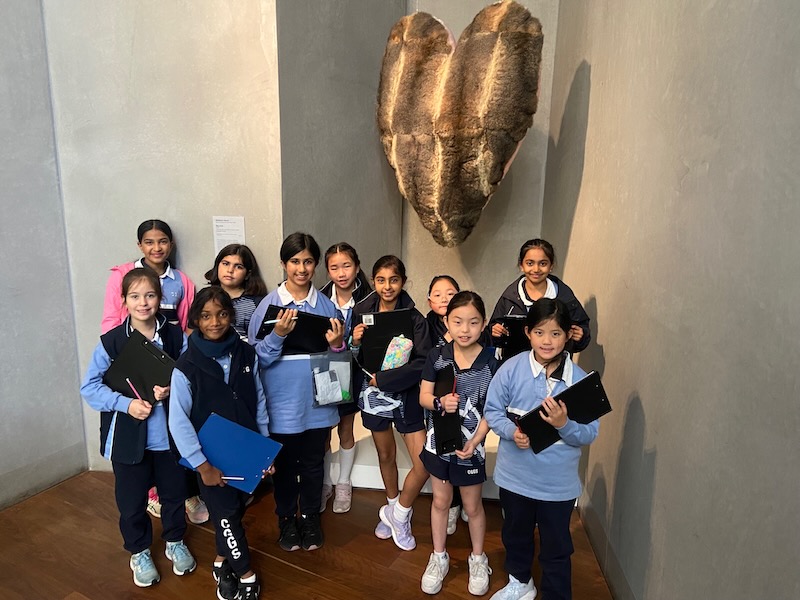
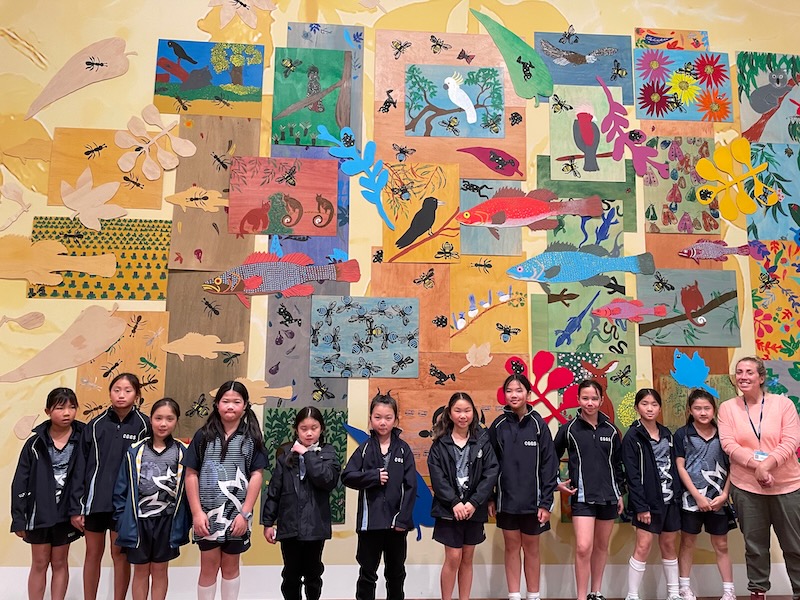

Author visits create a real sense of excitement for our students and offer them an opportunity to meet with some of their favourite writers and illustrators in real life and learn new skills, techniques and valuable lessons about creative writing processes.
Ormiston welcomed author Anna Ciddor to share her latest time-slip novel, A Message through Time with our students in Year 5 and 6.
In this adventure/historical fiction novel, Felix and Zoe travel back in time and find themselves in the fascinating world of ancient Roman times. Our students were amazed to learn about the amount of research, reading and preparation undertaken by Anna to ensure she accurately represented the lives, clothes, houses and settings of her characters’ lives in southern France in 315 AD.
During her presentation, Anna also shared many of her writing tips and techniques with the students. She encouraged our budding writers to use their interests and passions to develop stories and ideas, and explained how she used her own family members as inspiration for characters in many of her novels. Another key piece of advice Anna offered our students was to always review your work and revealed that she often had hundreds of drafts as she edits and revises both her writing and illustrations until the date they are sent to be published.
Anna concluded her visit with a Q and A session and our students asked some thoughtful questions including, Why do you choose to write historical fiction? Do you ever get carried away while doing your research? How long does it take to write a story and have it published? and Are you writing any another time slip novel? The answer to this was a yes, and we certainly hope that Anna will come back and visit us again soon.
Sally Spencer
Library Teacher
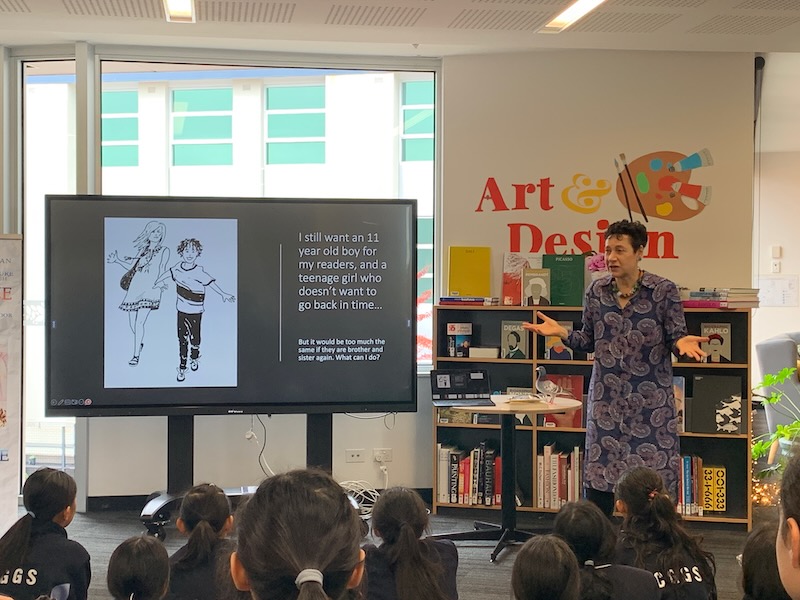
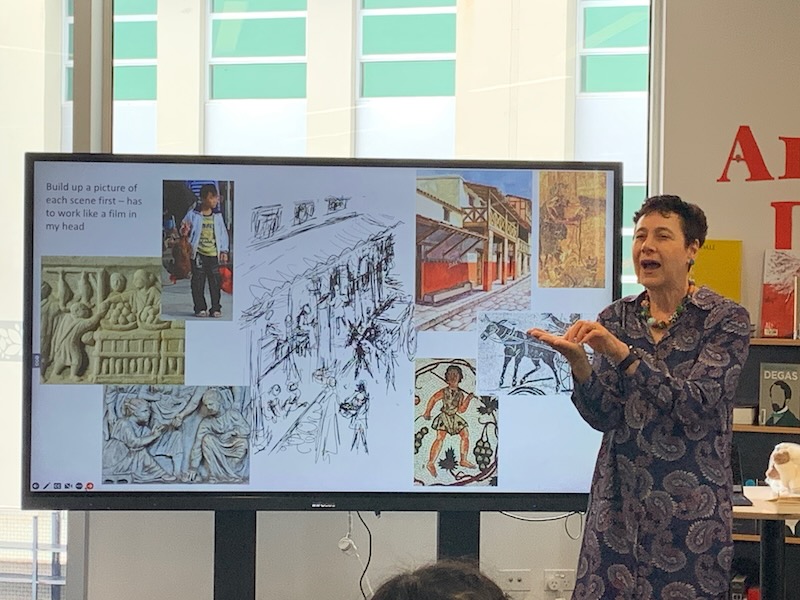
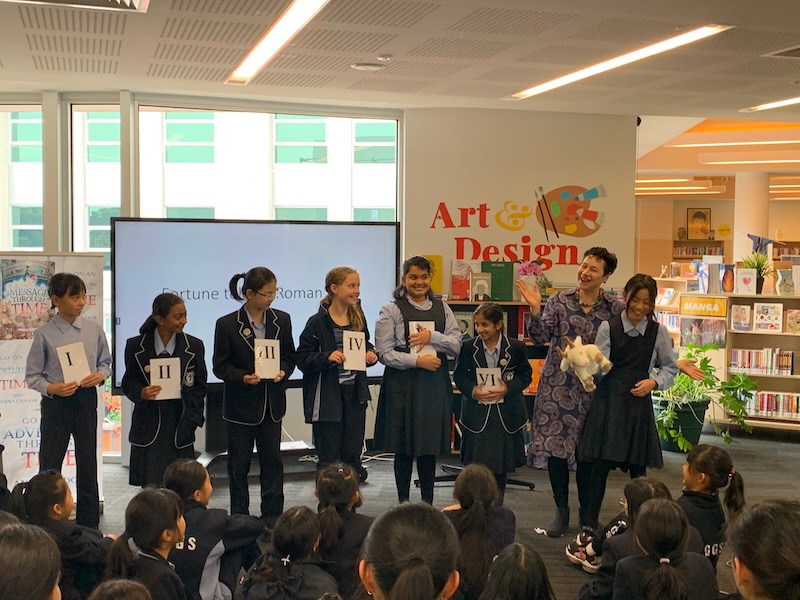
The first event Year 6 had to look forward to on return to Term 2 was an excursion to Parliament House Victoria, as an introduction to the inquiry topic; How are decisions made in Australia and how can we influence them? Students visited the House of Representatives, where the tour guide introduced them to the Liberal party member for Kew, Jess Wilson. Jess explained the parliamentary process, the different electorates, the pre-selection process and her journey into politics. One lucky student even got to sit in Daniel Andrew’s seat! A visit to the Great Hall followed, to view the portraits of the former Premiers of Victoria and to hear about the history of the building. Students then visited the Senate and were informed of the process in passing a bill into law. All students thoroughly enjoyed their time learning about democracy and the decision-making process, and more importantly, how to be a good leader.
‘Visiting Parliament House opened my eyes to the fact that all women should be able to play a part in decision making.’ – Aaratrika
‘Experiencing Parliament House helped me learn more about Federation and being a leader.’ – Kathleen
‘It felt like 167 years of democracy was in the palm of my hand.’ – Ailey
‘Parliament House made me realise there is a lot of work and effort put into making a new law.’ – Sophie-May
‘We learnt about how Parliament is run, and it was awe inspiring to look around the grand building. It was interesting to hear from Jess Wilson about what it is like to be a member of Parliament.’ – Rachel
‘I enjoyed seeing the structure of Parliament House and how law-making works.’ – Sharika
Jasvindar Gill & Rebecca Leondidis
Year 6 Classroom Teachers
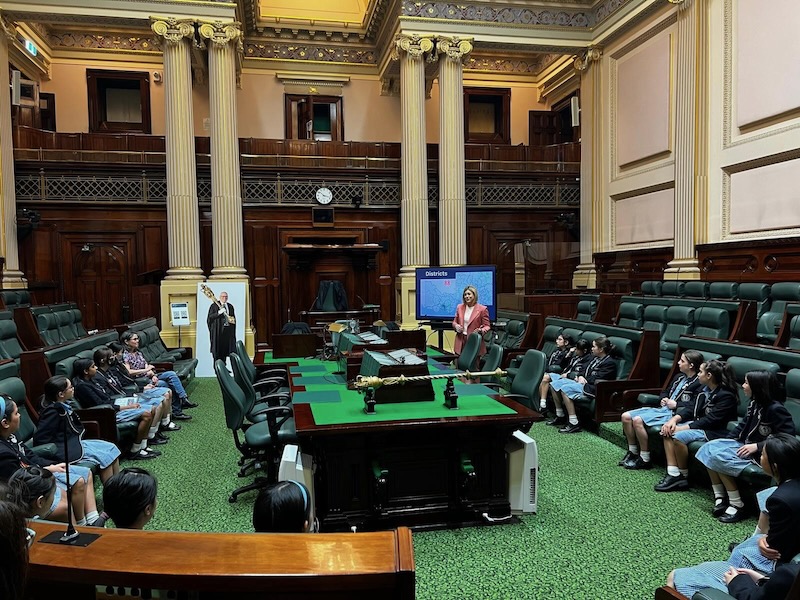
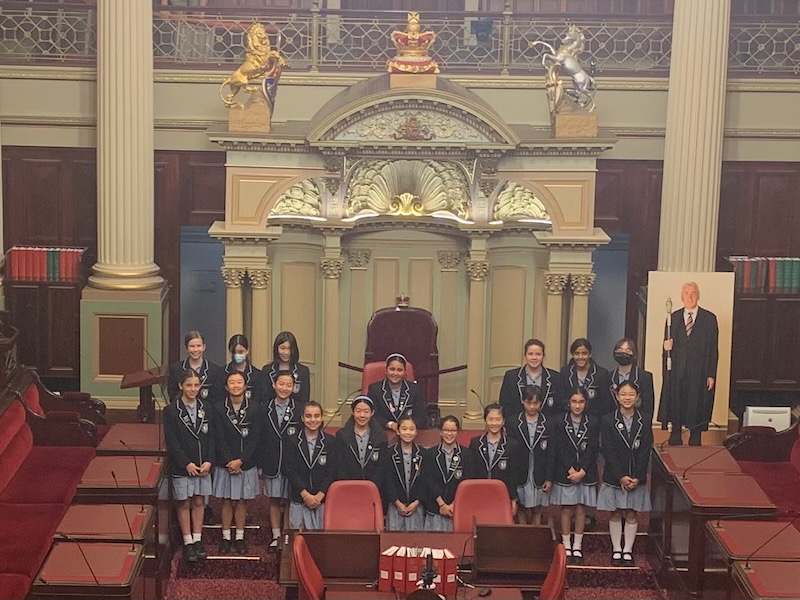
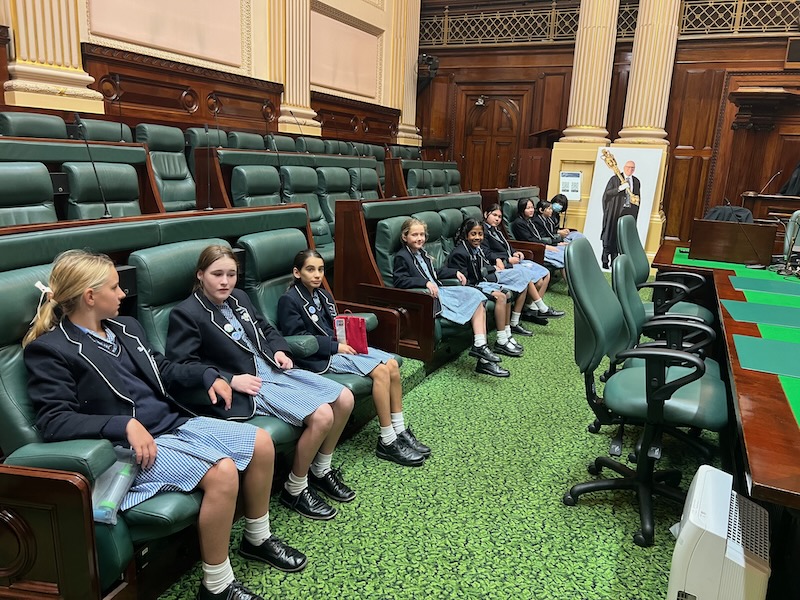
Students in Years 4-6 participated in the House Cross Country event at Shenley Grounds. The event is aimed at promoting physical activity and encouraging students to stay persistent in their efforts. The track is a challenging 2km or 3 km race, depending on the runners age, navigating through rough terrain and hills. It was wonderful to see our students in Years 4-6 having fun, trying their personal best and cheering each other on to cross the finish line.
At our Junior School Assembly we have been discussing and reflecting on the value of persistence. Cross Country events can be very challenging, both physically and mentally, and students faced difficulties, such as cramps, exhaustion, and injuries. But with encouragement and support from both teachers and peers, creating an encouraging environment, students were able to push through and finish the race.
Participation was the key focus of the day and it was fantastic to see all students in Year 4-6 try their best and complete the course. The event was divided into three age groups, 9/10 year olds, 11 year olds and 12/13 year olds. Congratulations to those students who will be heading off to the North Balywn District Cross Country on Friday 12th May to represent CGGS. We wish all the very best!
Kim James
PE Teacher
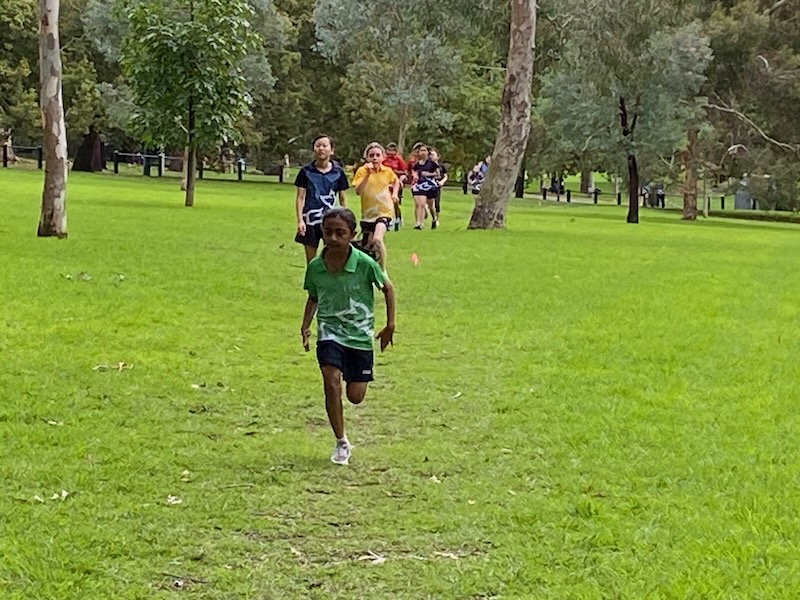
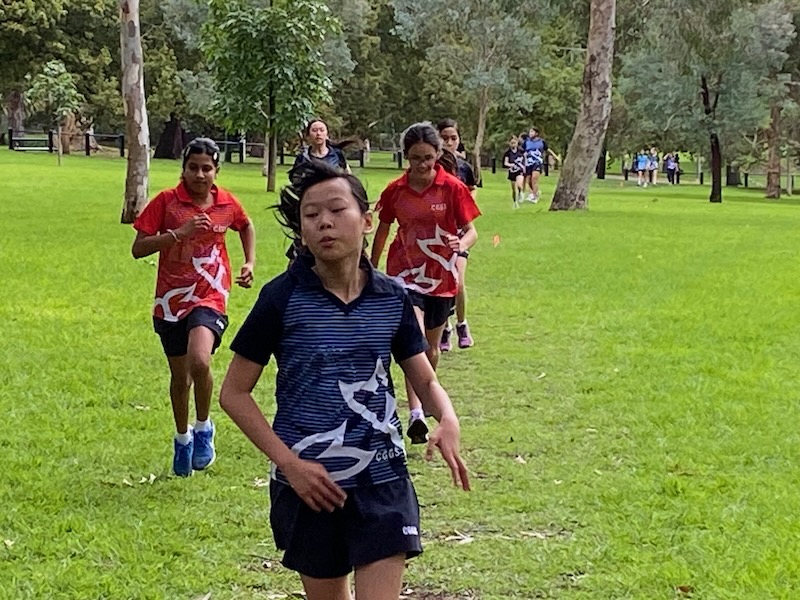

It was wonderful to see students and families engaging in the activities at the Digital Interactive Evening.
The Junior School have created resources on myCGGS to introduce parents to some of the tools and platforms that students use in class to promote digital wellbeing and eSafety.
Please use the link to access the resources and use your CGGS login to access myCGGS.
https://mycggs.fireflycloud.net.au/js-staff/important-documents/digital-interactive-evening
Nancy Robottom
Deputy Head of Junior School
Micah Wilkins
Head of Digital Learning & Innovation
The school year may be coming to an end, but the Secondary School students are showing no signs of slowing down!
A Christmas Toy Appeal, House Swimming Carnival, excursions and Mountfield Maestros - it's a busy time at Junior School!
The School was thrilled to celebrate the volunteers in our community who have contributed so much in 2025.
